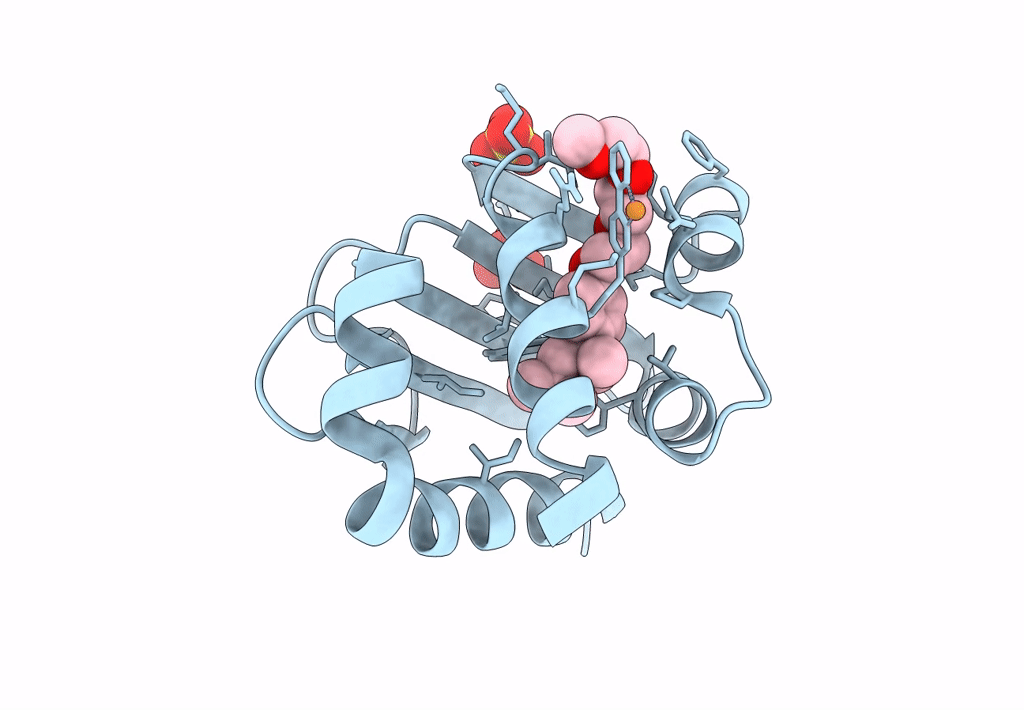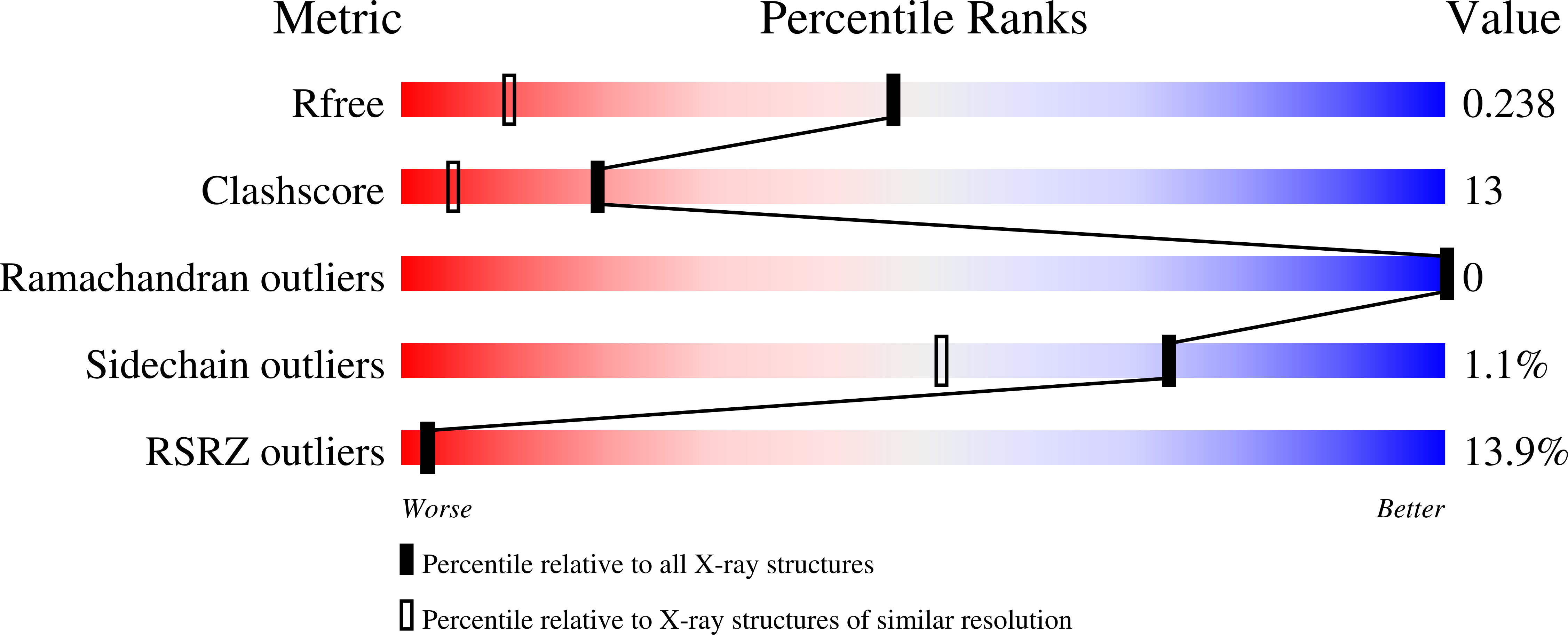
Deposition Date
2022-07-15
Release Date
2023-08-16
Last Version Date
2024-10-23
Entry Detail
PDB ID:
8AF3
Keywords:
Title:
Sterol carrier protein Artifical metalloenzyme incorporating Q111C mutation coupled to 2,2'-bipyridine
Biological Source:
Source Organism:
Homo sapiens (Taxon ID: 9606)
Host Organism:
Method Details:
Experimental Method:
Resolution:
1.52 Å
R-Value Free:
0.23
R-Value Work:
0.22
R-Value Observed:
0.22
Space Group:
P 21 21 21


